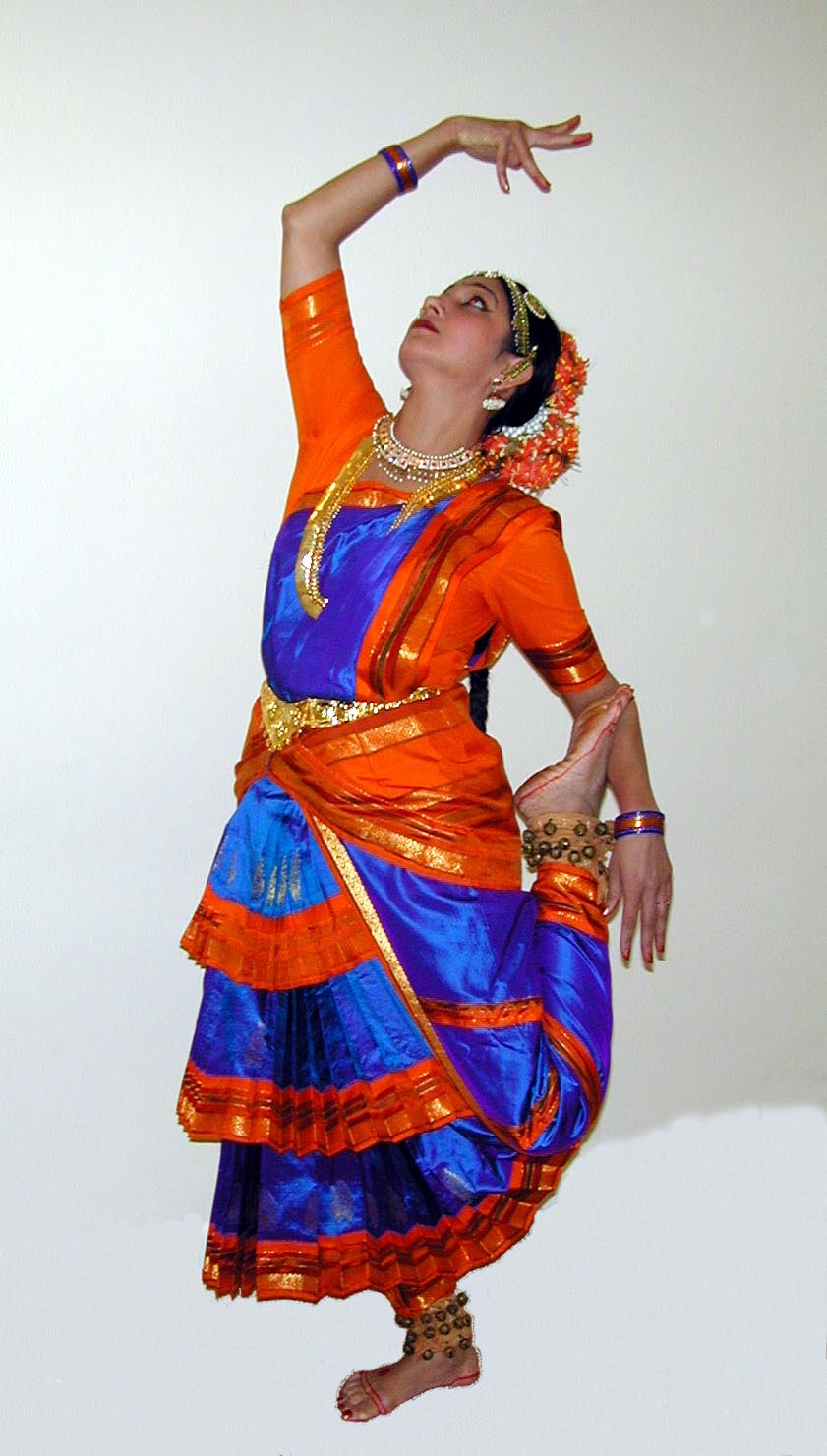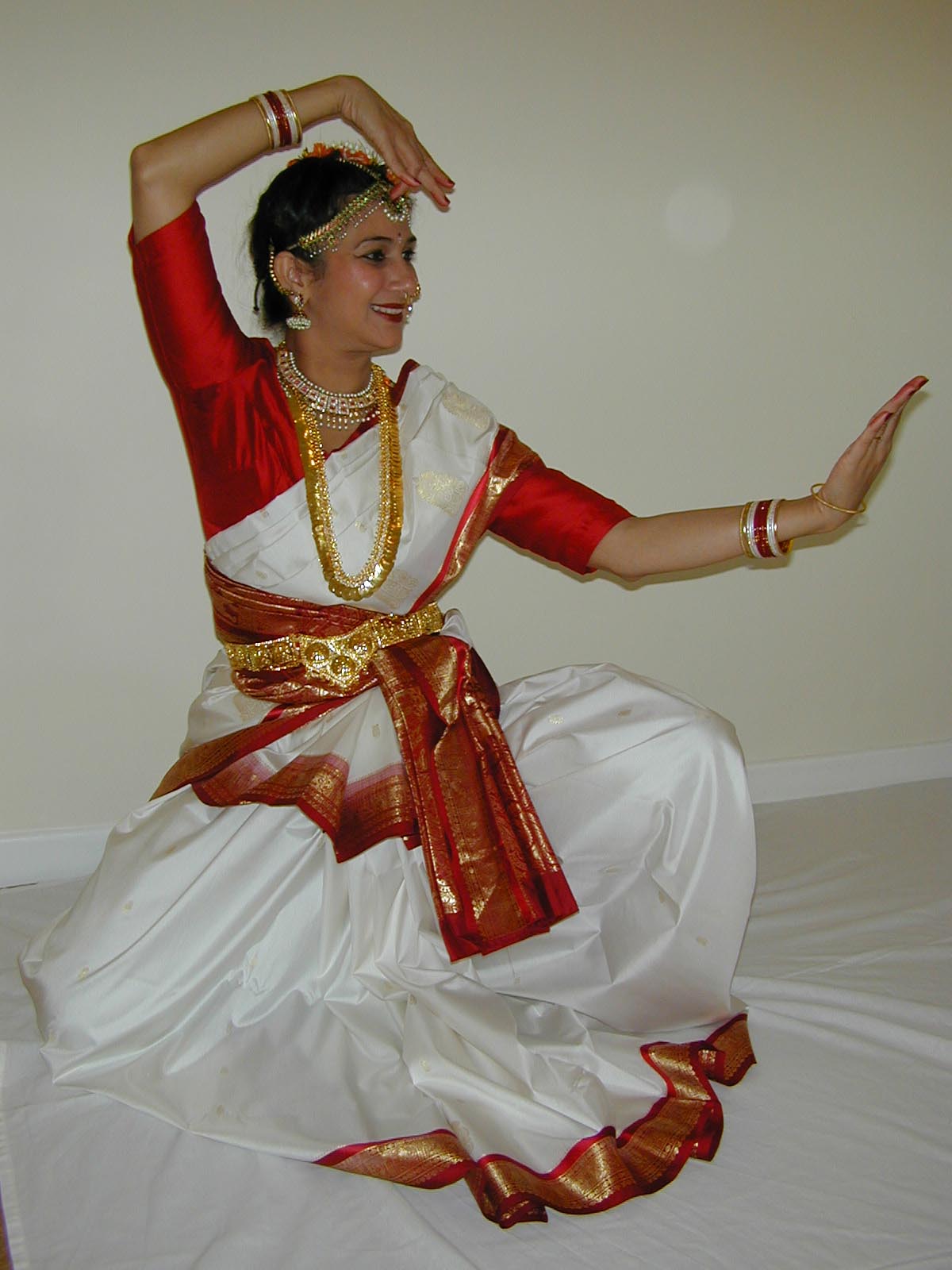 The
Dance Forms
The
Dance Forms
 The
Dance Forms
The
Dance Forms
Bharatanatyam, Mohiniattam & Indian Folk
Bharatanatyam is the one of the foremost classical dance forms from South India. It emanated from Sage Bharata Muni's Natyashastra. It comprises the three essential requisites of bhava, raga and tala. Bharatanatyam was once the cherished possesion of the 'devadasis' who would perform in the praise of and in the presence of the temple deities. This sublime art would have been destroyed if it was not for the dedication of the Natuvanar families of Tanjore like Ponniah, Sivanandam and Vadivelu who systematised and gave Bharatanatyam its present form. With the decline of the great masters, some dedicated dancers like Rukhmini Devi, Balasaraswati and Mrunalini Sarabhai have made great efforts to preserve its purity and glory.
The Adavus (steps) are divided into ten groups each comprising of twelve variations. The Laya or timing is very important . The Anga sudha or proper positioning of the arms and legs add to the perfection. Then comes the Bhava or emotion which can be depicted by the use of eye movements, neck movements, head movements and also movements of the lashes. Such a great form of art needs a lot of dedication of the artistes and we owe a lot to our present day Gurus.

Mohiniattam, the dance of the enchantress hails from Kerala. Mohini is mentioned on two occasions in the Indian Epics. Whether Mohini of the epics has any connection with Mohiniattam is a matter of dispute. But it is certain That Mohiniattam is 150 - 200 years old. It is influenced by both Malayalam and Tamil and thus the influence of both Kathakali and Bharatanatyam is evident in Mohiniattam. The style became almost extinct in the 19th century. Attempts to restore it to its pristine glory have been made by dancers of Kerala. Today it enjoys a status of a distinct dance style of India.
Table of Contents:
* Home
* Gurus